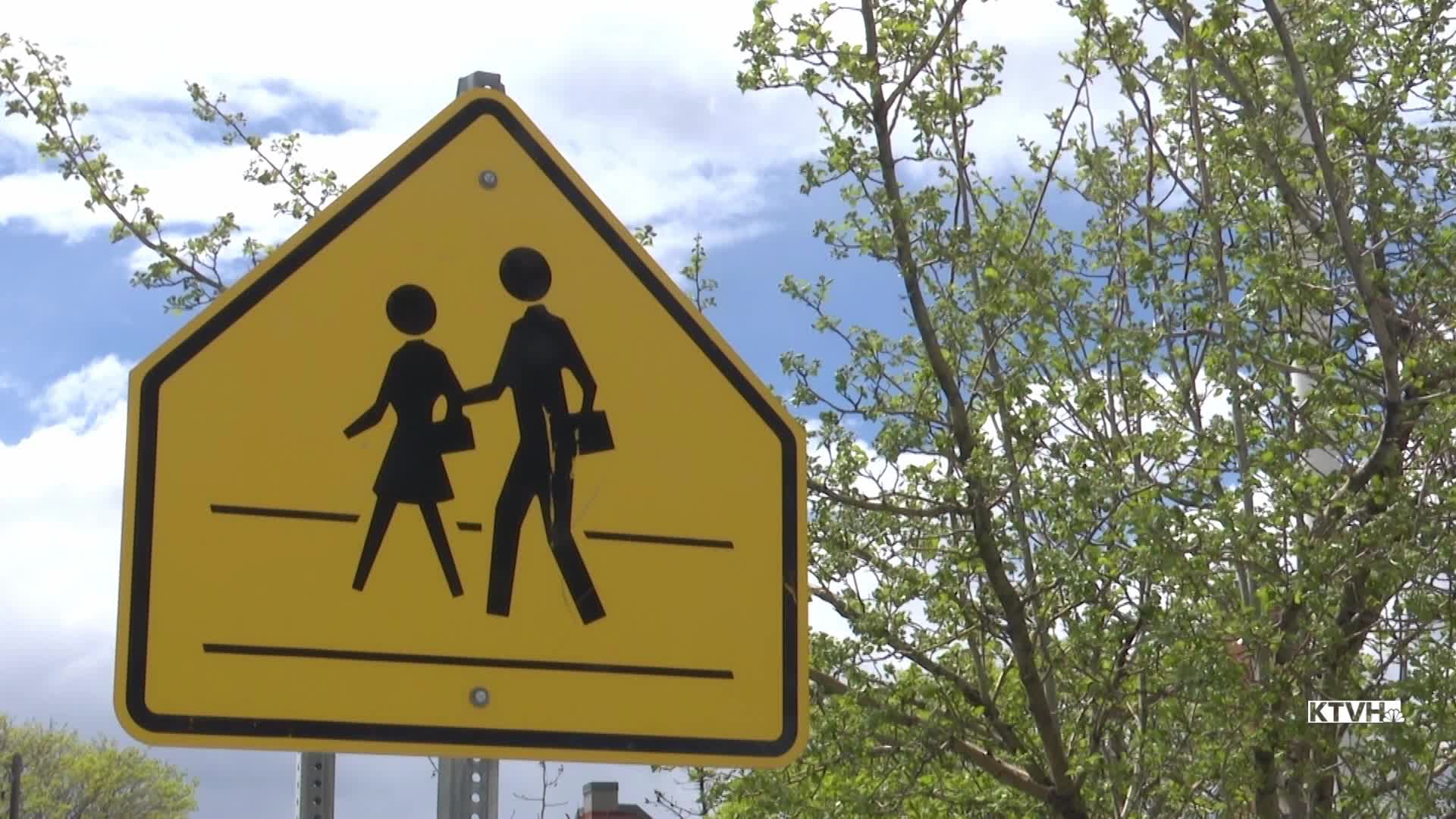HELENA — Leaders say one of the biggest costs for many Montana school districts is funding health insurance coverage for their employees. Now, districts will have the option of whether they want to join a new statewide trust aimed at slowing down the growth of those costs.
“Schools need more predictability, and quite frankly, they need more affordability,” said John Doran, chief strategy officer for Bridged Health Alliance. “And that's what we aim to deliver.”
(Watch the video to see what the trust could do and what it will take to make it happen.)
Bridged Health Alliance is the newly renamed organization that’s set to operate the trust, once enough school districts get on board. It’s based on the idea that, if districts join together into a larger insurance pool, they’ll be able to secure lower administrative costs for insurance services and balance risks so that insurance rates can be more predictable.
“By banding together, we can bring these resources together and we can stabilize cost not only for the short term but for the long term – so that we can do two things essentially: number one, improve the benefits that we have across the state of Montana, and more importantly, put money back in district budgets and back in teachers’ pockets where it belongs,” Doran said.
The plan for this trust dates back to the 2023 Montana legislative session. A bipartisan group of lawmakers approved House Bill 332, which set aside $40 million for the trust – but only if at least 150 school districts representing at least 12,000 employees decide to participate.
Rep. David Bedey, R-Hamilton, sponsored HB 332, though he said former Sens. Edie McClafferty, D-Butte, and Dan Salomon, R-Ronan, had been working on the idea before and recruited him.
Bedey, who previously served on the Hamilton school board, said personnel costs – including salary and benefits – are by far the biggest expenses for most districts. He said insurance costs have become a growing challenge.
“The benefit portion of that compensation package is growing at a rate that is much greater than inflation,” he said. “Because our school funding formula has inflation caps built into it, it was certainly taking up a larger portion of a school's general fund budget in order to provide adequate coverage.”
HB 332 gives until July 2026 for the trust to be officially validated. If enough districts don’t participate by then, the $40 million will go back to the state, unused.
Bedey says he’s optimistic the trust will meet the minimum threshold and keep moving forward.
“I think it's a move in the right direction, and I think it's critical for the fiscal stability of our schools to have a tool like this in the toolbox,” he said.

Doran says he’s also confident Bridged will meet the requirements. He said they’ve been working to finalize their benefit designs, attempting to find models that will work for each district’s specific needs.
Bridged plans to offer school districts full details on possible benefits and costs in August and September. They’re asking districts to commit to the trust by the start of November. If they get enough to validate the trust, Doran says they’ll be ready to start offering coverage on July 1, 2026.
“My dad was a teacher for 30 years, my wife is a teacher, her mother is a retired teacher – suffice it to say, public education is near and dear to my heart,” he said. “The time is now. Schools across the state need this, they deserve this, and we are incredibly excited to act on their behalf.”




